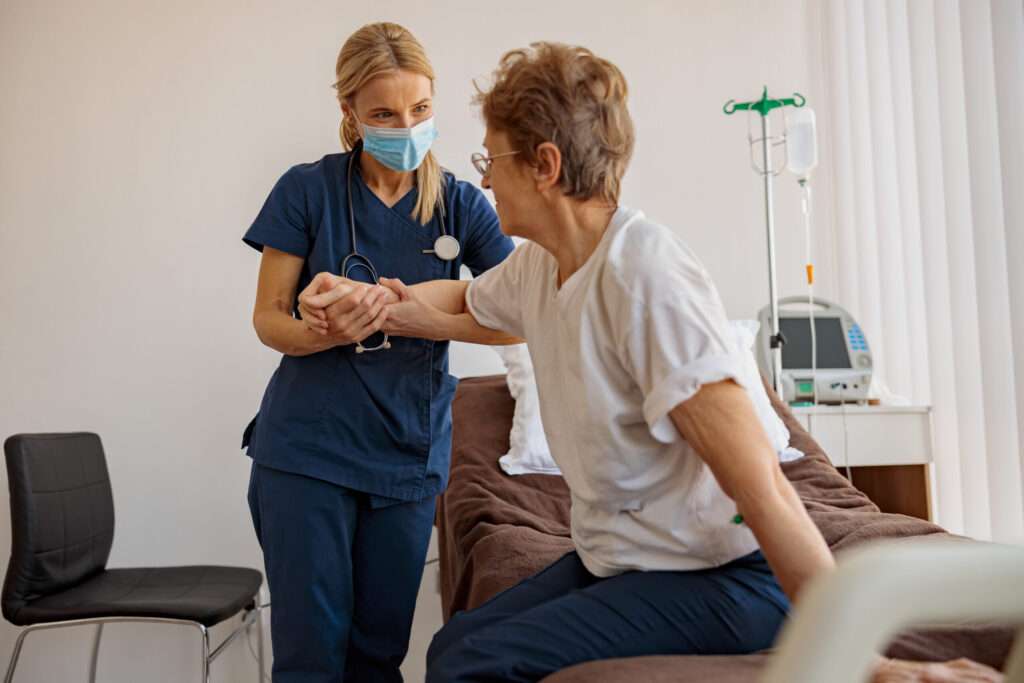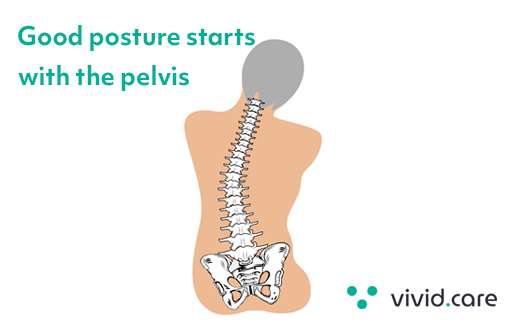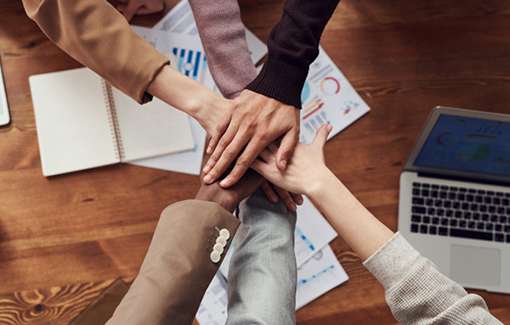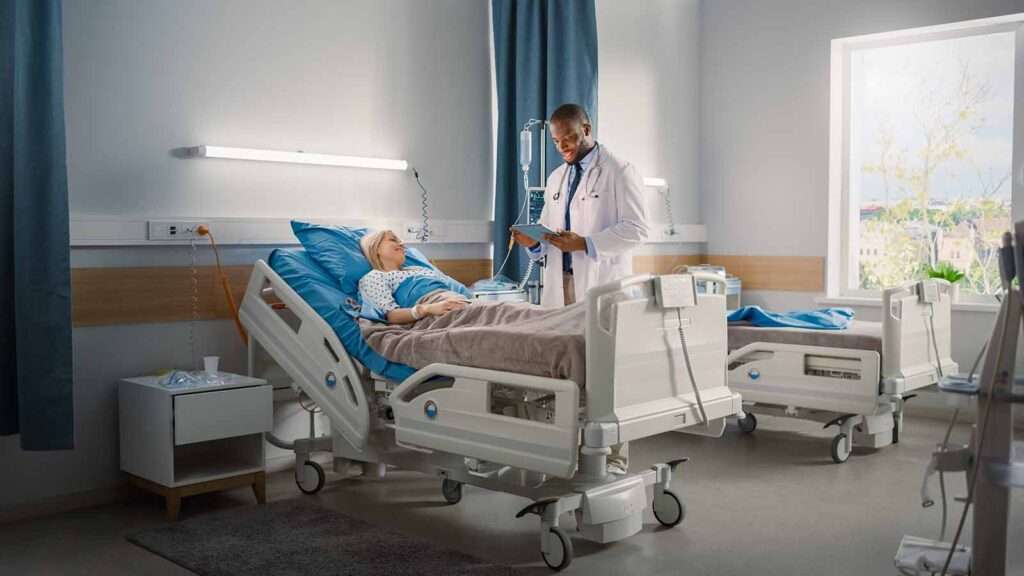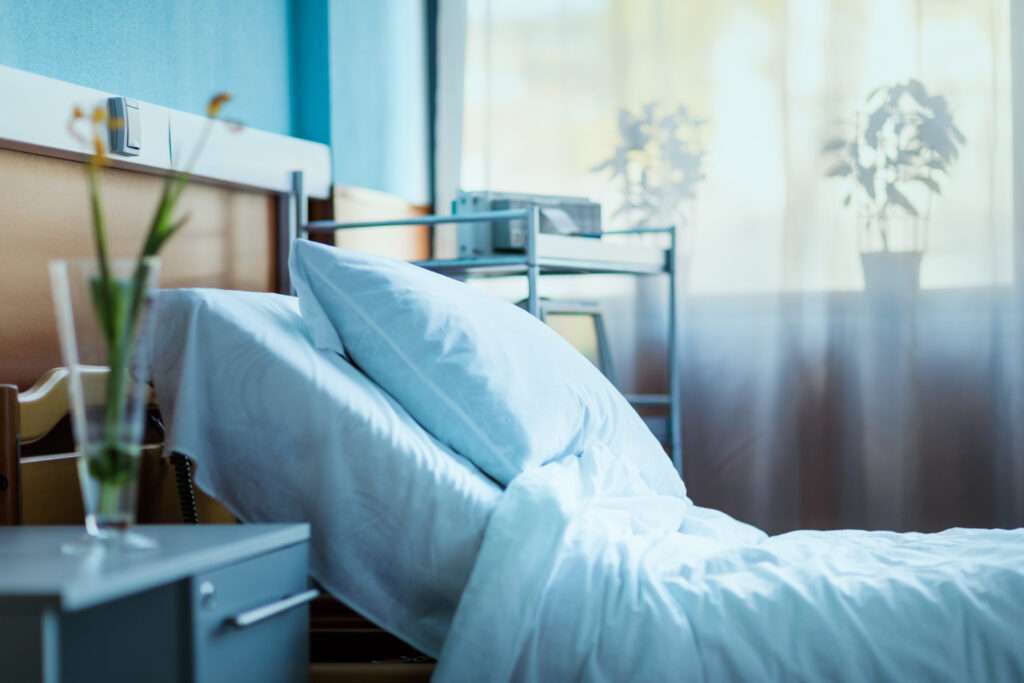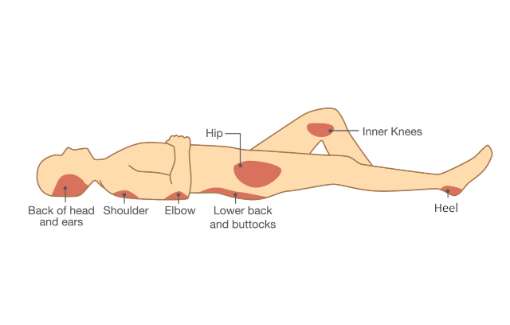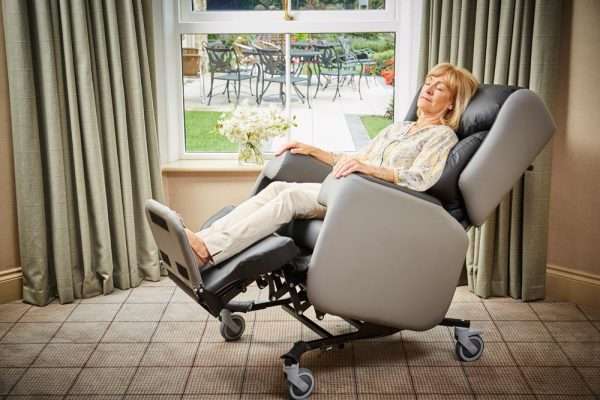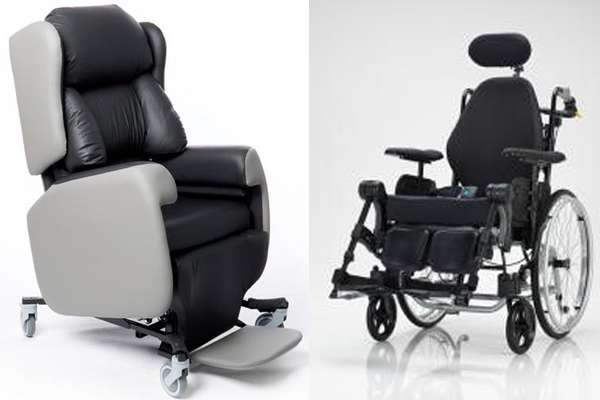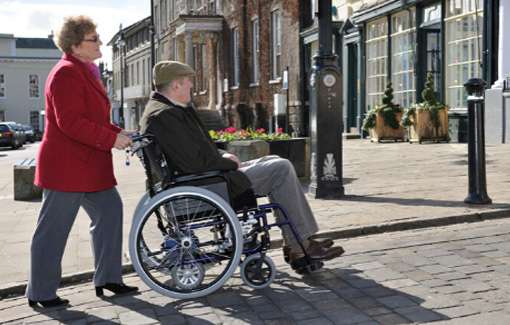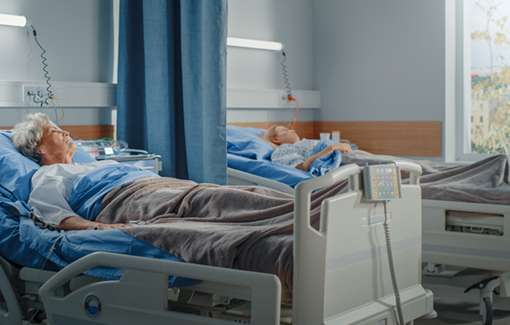As we age or face mobility challenges, performing everyday tasks that once seemed effortless can become more challenging.
The elderly and reduced mobility patients often find themselves navigating a range of physical limitations that can impact their independence and overall well-being.
One crucial aspect that plays a pivotal role in the care & comfort of these patients is moving and handling.
When caring for someone it is essential to know how to move them correctly. It is imperative to both yourself and the person you are caring for that you move them safely, causing minimal strain for both parties.
Jump straight to…
As a carer, a low mobility patient may need you to assist them in the following tasks:
- Getting in and out of bed
- Bathing and showering
- Using the lavatory
- Standing and walking
- Getting up after a fall
Poor moving and handling can lead to multiple injuries for both carer and patient. Lack of understating in moving and handling can also cause discomfort and lack of dignity for the person being moved.
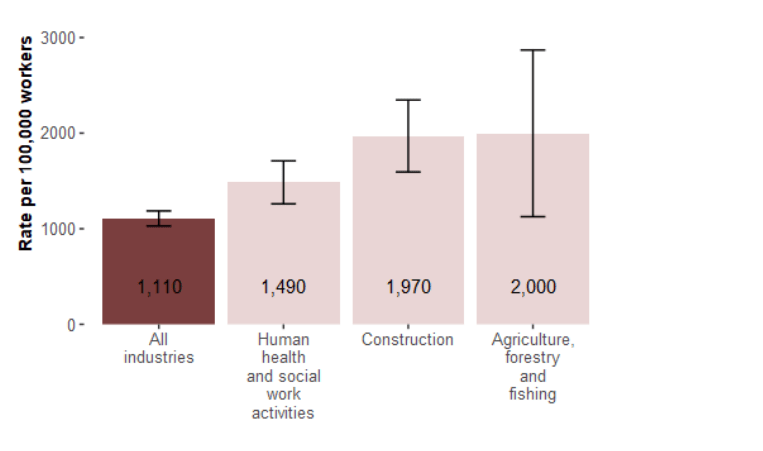
Health & Social Workers are more likely to from suffer work-related injuries than the average UK worker.
If you are a carer it is important to instil confidence and allow as much freedom as safely possible for the person you are caring for. While we have listed some basic tips below, there is no replacement for proper training if you are caring for someone.
Before attempting to move someone, ask yourself:
- Does the person require supervision?
- How heavy are they?
- Are you strong enough to move them?
- Do you require any additional support or equipment?
In some cases you may be able to move the person with ease, however for long-term care we recommend specialist equipment to assist.
Getting in and out of Bed
This is a task that is challenging for both the person in the bed and the carer; it requires strength and flexibility. Before attempting this task, ensure the bed is at the right height.
If the bed is too low to the ground, it will cause greater difficulty for the person to stand. Height adjustable profiling beds are ideal for this.
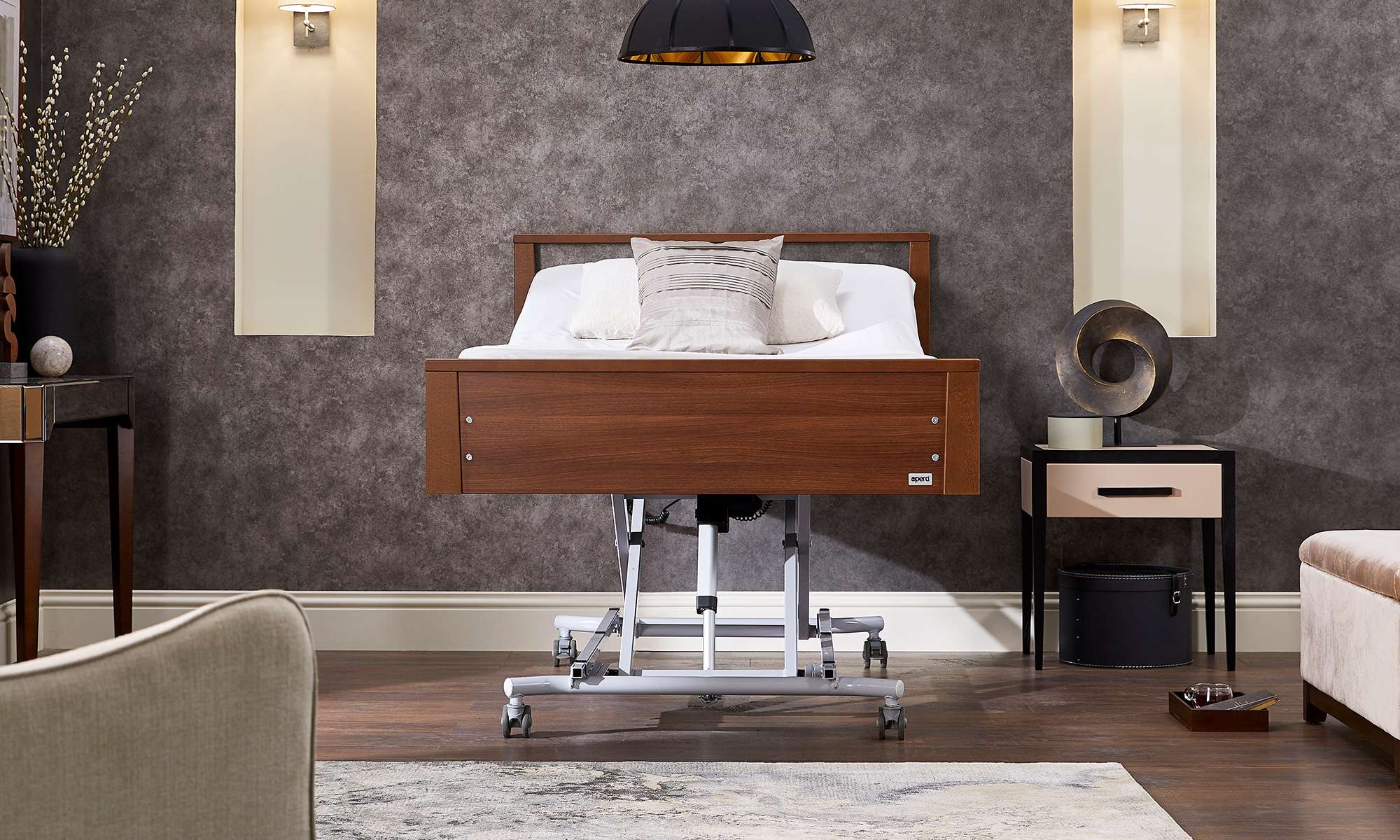
We stock rising beds that are designed for use by carers, they can be lowered to assist the person to get into bed, and raised to help the person stand up out of bed.
The rise up beds in our collection can elevate up to waist height for a carer, making hygiene and daily tasks that much easier.
Bathing and Showering
Each person has his or her routine for personal care, particularly in the morning.
So, we encourage trying to maintain the same routine for a person who is receiving mobility care you are caring for. This is a task that causes more injuries than any other, as there are a higher number of risk factors involved. Think wet floors, slippery surfaces etc.
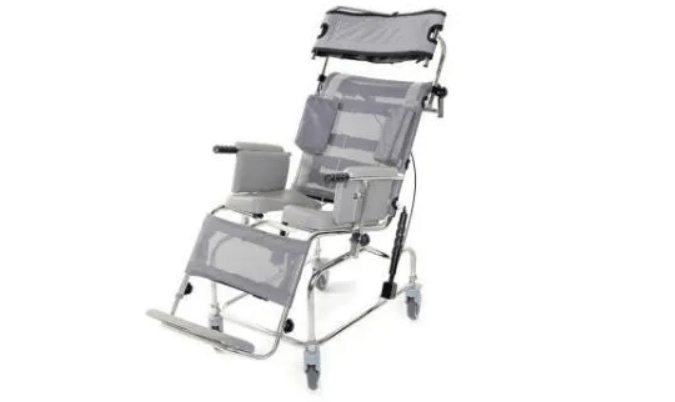
A shower chair/commode with a range of comfort and support features like tilt in space allows for excellent care of low mobility patients.
Bathroom aids for disabled, elderly or otherwise low mobility people can make this task more seamless and easier. Consider using a bath lift or bath hoist.
Using the Toilet
Just as important as personal care, using the toilet is something a person should be able to conduct with dignity.
To help give more freedom we recommend using toilet aids to assist in using the toilet. Some options to consider are:
- Grab rails
- Toilet safety frame
- Toilet riser
These can all help to take the strain and risk out of moving and handling in the bathroom. Another bonus is, they can help someone to continue using the toilet independently for longer.
Giving someone with reduced mobility privacy wherever possible can really boost their mood and self-esteem.
Standing and Walking
It comes as no surprise that physically moving someone on your own is bad practice.
Even as a trained specialist or carer, manual lifting should be avoided due to the risk of injury. Getting someone into a standing position is much easier when using transfer equipment.
The ReTurn 7500 is widely recognised and respected within the healthcare community, and offers a sit-to-stand action with ease and comfort.
If you’re caring for someone who is still able to walk, simple walking aids such as walking frames or wheeled walkers can help with stability and confidence.
Getting someone up after a fall
There are some general guidelines to keep in mind when lifting a person up from a fall. The situation can be distressing, especially when involving a loved one:
- Remember to encourage them to remain calm.
- Remain calm yourself.
- Assess for any injuries, bruises, possible sprains or broken bones.
If there are no injuries, you can slowly start assisting in lifting the person up.
You can use a mobile hoist for this. However, if the person you are caring for is at risk of frequent falls, we’d recommend the Raizer Lifting Device.
The Raizer comes in seven lightweight pieces that can quickly be assembled around someone who has fallen. You can then use the remote control to gently raise them back up to their feet. It provides a fast, safe way to help someone up after a fall without the need for manual lifting.
Any questions?
Becoming a carer is a new and daunting experience for anyone. Remember to reach out to your district nurse, occupational therapist, or GP if you’re struggling.
Our team at Vivid.Care is always at hand to assist too! We have trained specialists that can help find the correct care equipment solution for you and your home — Just book a free, no-obligation assessment using our contact form or give us a call on 01423 799960.





